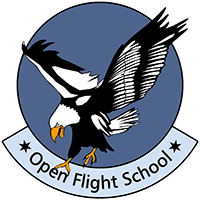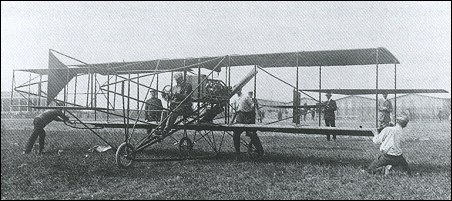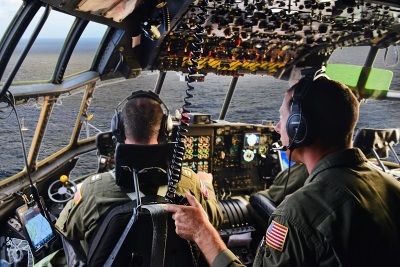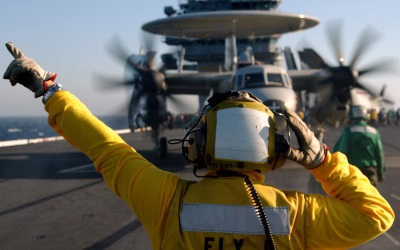General Information
This course covers all the theoretical basics you need to know in order to complete the practical basic courses for the various flight profiles and aircraft simulators at the OFS. All topics specific to a particular game or flight profile will be covered in other courses.
The number of topics dealt with here was kept low deliberately and many are only superficially covered in order to introduce newcomers to the theory of flight step by step. In further theory courses, e.g. the Advanced Courses, the topics discussed here will be covered again more deeply and the theory will be extended in further areas.
Note for Beginners: Much of the theory of Flight is taken for granted during practice sessions, so for anyone who has never studied the basic theory before, it is advised to at least skim the relevant chapters.



